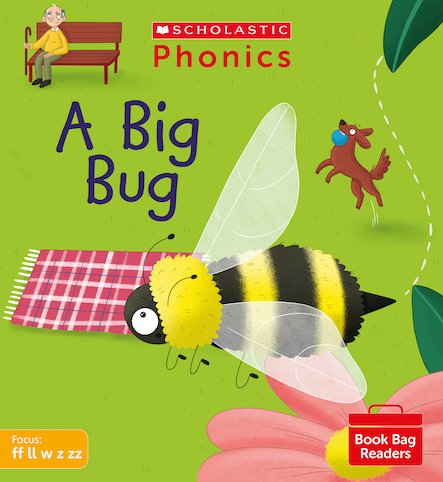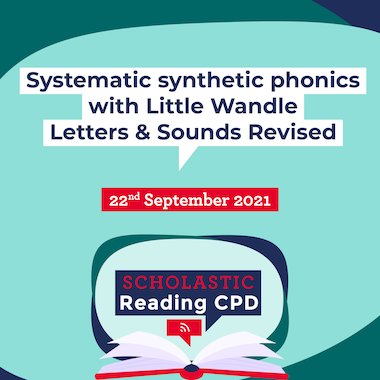Fostering readers for life with Little Wandle Letters & Sounds Revised, and Scholastic Book Bag Readers
“Learning to read transforms lives.”
Kate Nation et al Ending the Reading Wars (2018)
Many of us know and love Letters and Sounds and have worked hard to make it successful in our settings. We have gathered materials and created resources to teach it as well as we can. When Letters and Sounds was created in 2007, it gave us all the structure and training to teach children to read using Systematic Synthetic Phonics. Its structure and planning gave us an overarching progression and pedagogy, which many schools have used and leaned on ever since.
During the pandemic, Little Wandle created hundreds of letters and sounds for home and school videos to teach children to read. They supported both in-school and home learning, and were watched by thousands of families and children. Building on the success of this as well as the excellent practice in their own and partner schools, Little Wandle have now created “Little Wandle Letters and Sounds Revised,":https://www.littlewandlelettersandsounds.org.uk a new, complete systematic, synthetic phonics programme.
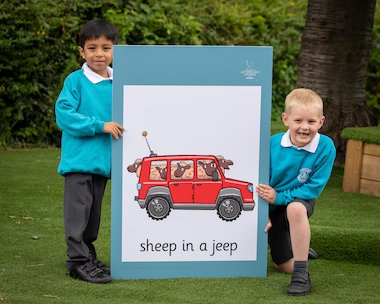
We wanted to retain the elements of Letters and Sounds that worked so well: the lesson structure which matches current thinking about practise and retrieval being crucial to successful learning. And we wanted to add elements that were missing from the original publication: the things that would make it a full SSP programme, that would satisfy the scrutiny of validation and most importantly support schools to teach their children to read quickly with lessons that have enjoyment and success at their heart.
We think teaching reading is a skill and we want to empower teachers to take charge. This is why we give schools the planning and support they need but still expect teachers to use their assessment for learning and the physical resources to ensure their children get the additional practice they need. Take a look at these easy to use weekly content grids (Phase 2 grid, Phase 3 grid, Phase 5 grid) to see the Letters and Sounds lesson structure. Our beautiful physical resources have been designed to engage children. The mnemonic cards for Phase 2 and catchphrase cards for Phase 3 help children make a strong visual hook that links the grapheme and phoneme. We have used the same images throughout all our materials: the Phase 2 and 3 friezes, wall charts and Phase 5 Grow the code chart to ensure children are returning to the same images again and again, so they can link prior knowledge and grow a strong schema for phonics.

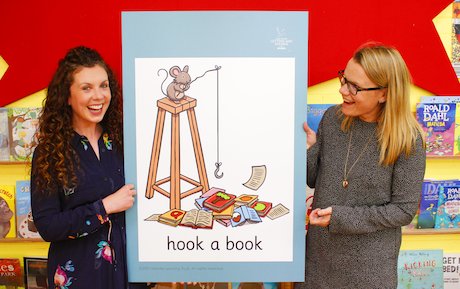
When we created Little Wandle Letters and Sounds Revised, we wanted everything to be easy, for schools to have access to training, planning for lessons, assessments, planning for Keep-up, videos of how to teach all lessons and guidance all in one place, at any time. Our programme has done the hard work so you can put your effort into how you teach, making sure your lessons are joyful, lively and engaging.
“Early success at reading acquisition is one of the keys that unlocks a lifetime of reading habits.” Cunningham and Stanovich What Reading does for the Mind (1998)
We know early reading experiences matter; how we teach reading and how we model the pleasure of being able to read affects how young children perceive themselves as readers. This is why we have added reading with decodable books into the core part of how we teach reading. The application of phonics in fully decodable reading books is they key that turns a young reader into a reader for life. We teach reading to children in small groups with books matched to the children’s secure phonic knowledge in reading words. This means that children are able to concentrate in gaining fluency.
We teach with each book three times and through this repeated reading children are taught to read with expression and understanding. This means that the books we use need to be of the best quality. They need to be fully decodable and matched to our progression, but they need to connect with our children too. If we want our children to see reading as something that is worth putting all that hard work into, then we need to make learning to read worth it. Books should be mirrors of our lives and doors that open into the world, even the very first books we teach children to read with. If we make learning to read a pleasure and children feel that reading has purpose then we are fostering readers for life.
As of 10th July 2021 Little Wandle Letters and Sounds Revised is a phonics programme validated by the Department for Education.
For more information about Little Wandle Letters and Sounds Revised, book your free spot for their first briefing of the new school year on 2nd September 2021 at 3.45pm.
Charlotte Raby is an early reading expert, educational consultant and writer, part of the development team for Little Wandle Letters & Sounds Revised and the author of a number of "Scholastic Phonics Book Bag Readers.":/phonics
Linked resources and events
Phonics Book Bag Readers
New for 2021, Phonics Book Bag Readers is a selection of diverse and inclusive phonic stories, accompanied by bright and contemporary illustrations to engage and inspire young readers.
Expertly aligned to match the Little Wandle Letters and Sounds Revised SSP Programme, each decodable book has been carefully crafted to help children to build on their secure phonic knowledge, moving confidently from decoding words to reading fluently and for pleasure.
Find out moreJoin our free phonics CPD workshop
Join our free one hour CPD workshop with Little Wandle Letters & Sounds Revised on 22nd September at 3.45pm to find out how you can deliver effective systematic synthetic phonics teaching to your young learners.
Register nowSimilar Posts
-
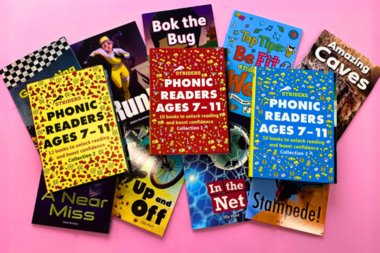
The Challenges of Teaching Phonics Beyond KS1
Hear from Mr Levick, a phonics specialist in secondary school and former primary English subject lead, about the challenges of teaching phonics beyond KS1 and how Striders phonics readers can help.
-
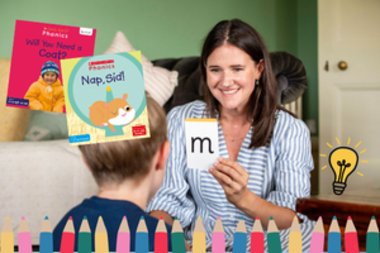
Phonics Books: What Parents Need to Know
Miss Mabel from Reading Roots explains how to choose the right books for early reading success
-

How to Prepare for the Phonics Screening Check
This June, all children in Year 1 will be taking the Phonics Screening Check, a 40-word check of a child’s phonic skills and knowledge. Find out how you can help your child feel confident and prepared.

